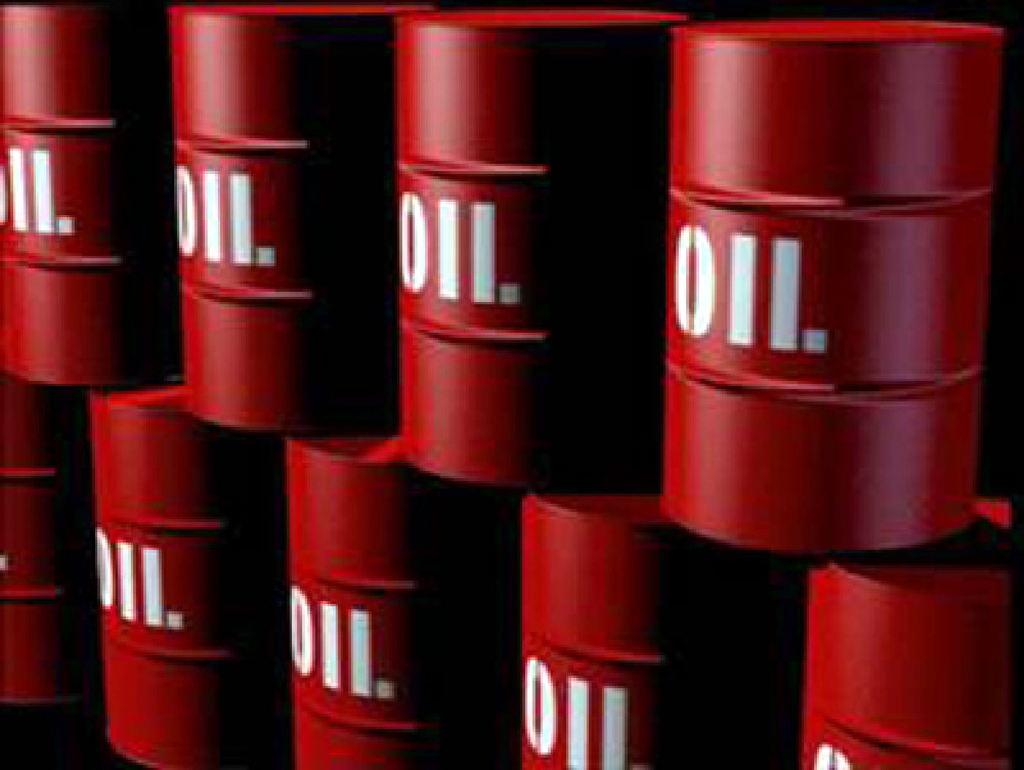 LONDON: Oil held near its highest in nearly three years on Wednesday, supported by political tension in the Middle East, although evidence of rising US crude supply acted as a counterbalance.
LONDON: Oil held near its highest in nearly three years on Wednesday, supported by political tension in the Middle East, although evidence of rising US crude supply acted as a counterbalance.
Brent crude has gained 5.7 percent this week, rising to $71.34 a barrel on Tuesday, the highest since late 2014, although the price has since fallen back and was $70.98 a barrel by 0907 GMT, down 6 cents.
US crude futures were at $65.55 a barrel, up 4 cents on the day.
The United States and its allies are considering air strikes against Syrian President Bashar al-Assad's forces following a suspected poison gas attack last weekend.
Pan-European air traffic control agency Eurocontrol said late on Tuesday that air-to-ground and/or cruise missiles could be used within the next 72 hours, warning of intermittent disruption of radio navigation equipment.
Syria is not a significant oil producer, but any sign of conflict in the region tends to trigger concern about potential disruption to crude flows across the wider Middle East, home to some of the world's biggest producers.
There are also concerns that the United States could renew sanctions against Iran.
"The focus right now is definitely on a possible military strike against Syria," Commerzbank head of commodity research Eugen Weinberg said.
"We think the fundamentals do not justify the current price, but unfortunately, the market is focusing more on the politics and ignoring some of the warning signs, especially the hike in US oil production."
Chinese President Xi Jiping on Tuesday sounded a conciliatory note on trade, which soothed some of the concern about an all-out trade conflict between his country and the United States, after both countries imposed tariffs on key imports, which in turn has also supported oil this week.
"We have upped our Brent forecast to $67.50 a barrel, from $66 in our last price update in February. We see price risks to the upside on geopolitical risk," Natixis said in a note.
Saudi Arabia Energy Minister Khalid al-Falih said on Wednesday his country would not sit by and let another supply glut surface, implying that the de-facto leader of the Organization of the Petroleum Exporting Countries (OPEC) would continue to withhold supply.
Not all oil market indicators suggest the price will continue to rally strongly, analysts said.
US crude inventories rose by 1.8 million barrels in the week to April 6 to 429.1 million, according to a report by the American Petroleum Institute (API) on Tuesday, compared with analysts' expectations for a decrease of 189,000 barrels.
The US Energy Information Administration (EIA) said on Tuesday that it expects domestic crude oil production in 2019 to rise by more than previously expected, driven largely by growing US shale output.


























Comments
Comments are closed.